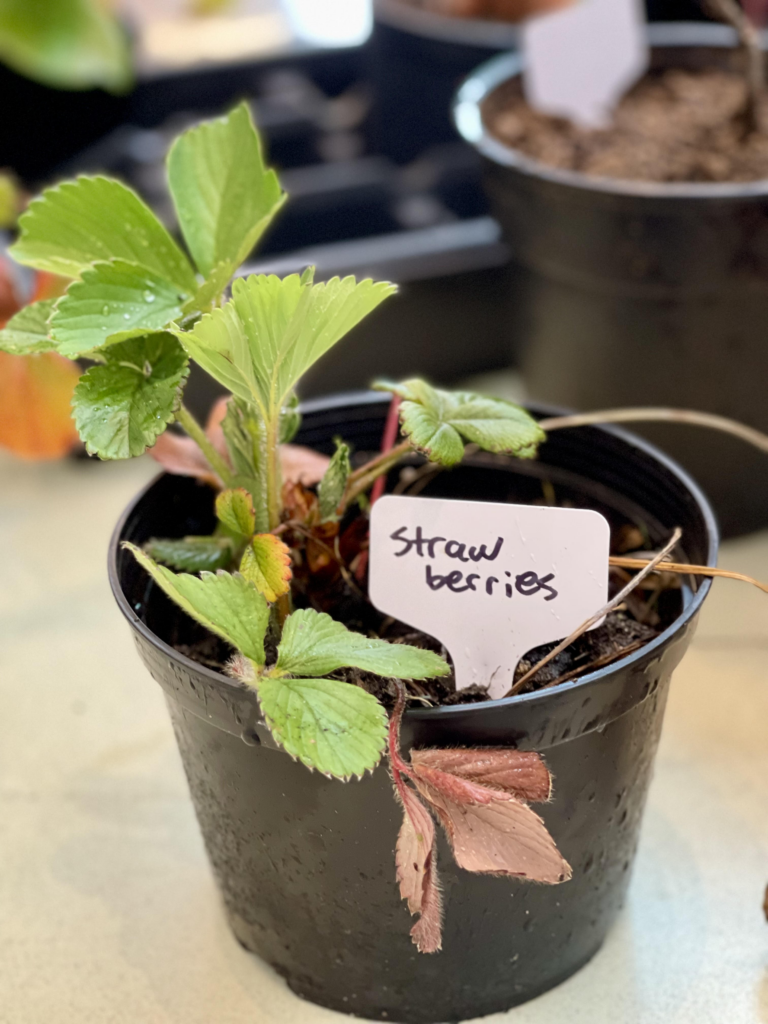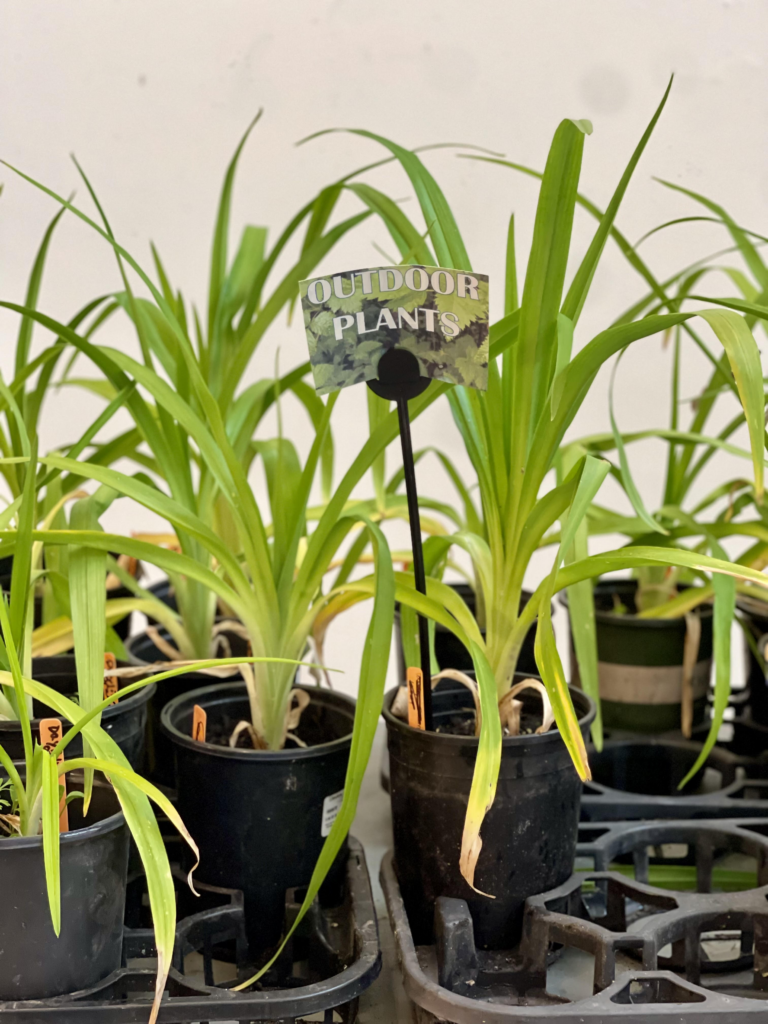
Celebrate World Ocean Day on June 8th and throughout the year!
2024 Action Theme: Catalyzing Action for Our Ocean & Climate
One Ocean,
One Climate,
One Future – Together
Plastic has made our lives easier in many ways. It’s durable, lightweight, and has a variety of uses, from storage containers to outdoor furniture. The problem with plastic is that it’s often discarded improperly. And sadly, much of that plastic ends up in our oceans.
So what can we do to protect our oceans? We can start by arming ourselves with knowledge, then use what we’ve learned to create lasting solutions that keep our oceans and waterways clean, healthy, and safe.
5 Ocean Plastic Facts:
1. Globally, we’ve only recycled 9% of plastic.
Of the 8.3 billion metric tons of plastic produced over the decades, we’ve only managed to recycle 9% of it worldwide (OECD, 2022).
2. By 2040, the amount of plastic pollution is expected to triple.
Approximately eight million metric tons of plastic are dumped into the oceans annually (Jambeck et al., 2015). If we don’t take action now, we’re looking at nearly 24 million metric tons of litter by 2040 (UNEP, 2021).
3. The ocean absorbs over 30% of global carbon emissions.
Between 1994 and 2007, the world’s oceans kept 34 billion metric tons of CO2 emissions out of the atmosphere. Since then, the absorption rate has increased as atmospheric carbon levels rise, but one day our oceans may be unable to keep up and marine life will be at risk due to excess CO2 (Gruber et al., 2019).
4. Humans are eating microplastics.
Recent research estimates that we unintentionally consume 0.1–5 grams of microplastic (plastic that’s broken down into microscopic bits) every week (Senathirajah et al., 2021).
5. There are over 700 oceanic dead zones worldwide.
Sewage outfalls and agricultural runoff are the primary contributors to dead zones—oxygen-depleted areas in the oceans that can’t support marine life. There are over 700 dead zones globally—a steep increase from the 1930s when fewer than five had been identified (Malone & Newton, 2020).
We can turn the tide on plastic pollution if we make lasting lifestyle changes. There are many ways to make a positive impact—and they’re all easy.
Learn more about EvCC Sustainability! www.everettcc.edu/green
Mariya Zelenskyy – Media and Outreach Coordinator sustainability@everettcc.edu












